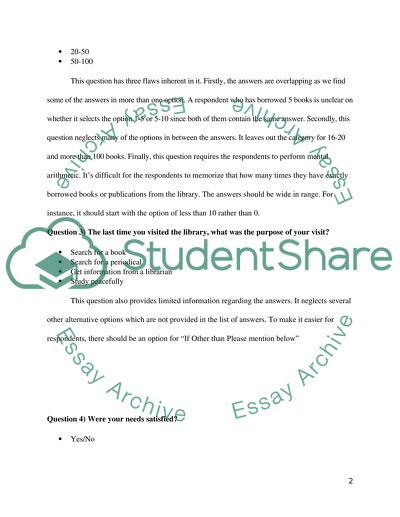Cite this document
(“Business Decision Making Essay Example | Topics and Well Written Essays - 3250 words”, n.d.)
Retrieved from https://studentshare.org/macro-microeconomics/1429058-business-decision-making
Retrieved from https://studentshare.org/macro-microeconomics/1429058-business-decision-making
(Business Decision Making Essay Example | Topics and Well Written Essays - 3250 Words)
https://studentshare.org/macro-microeconomics/1429058-business-decision-making.
https://studentshare.org/macro-microeconomics/1429058-business-decision-making.
“Business Decision Making Essay Example | Topics and Well Written Essays - 3250 Words”, n.d. https://studentshare.org/macro-microeconomics/1429058-business-decision-making.


